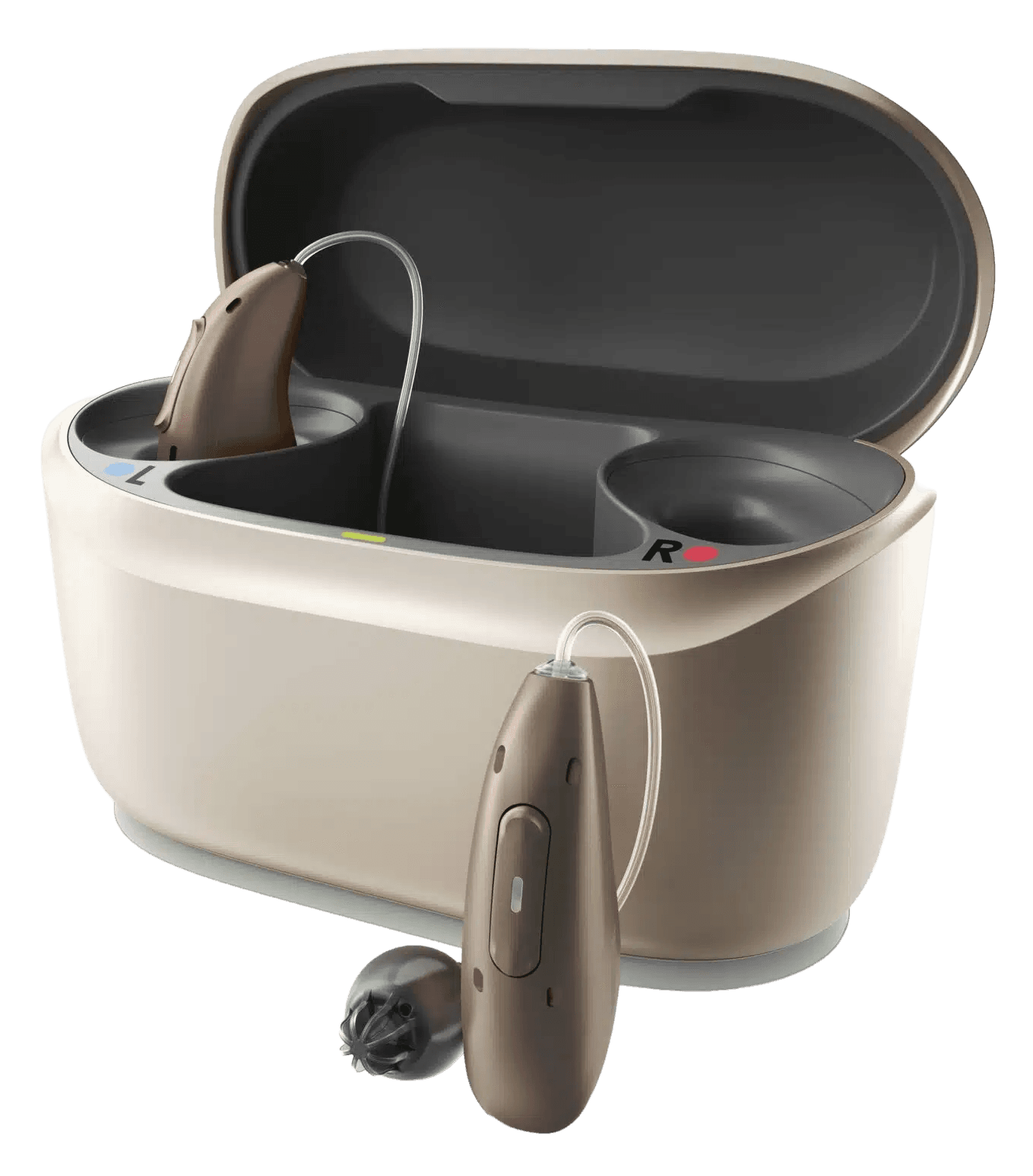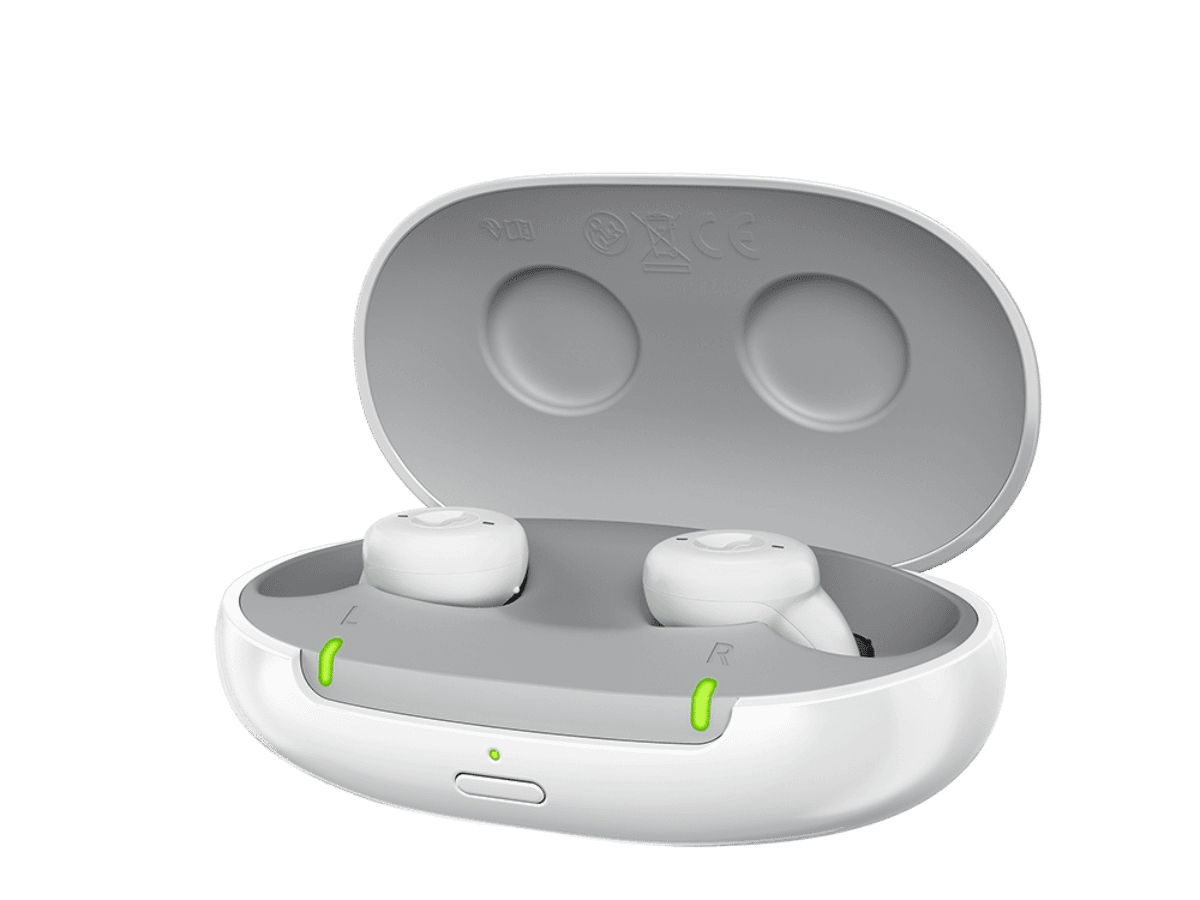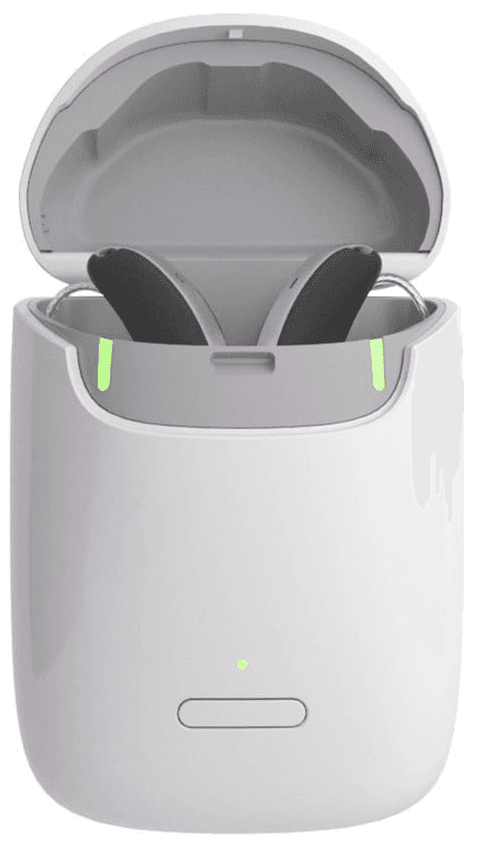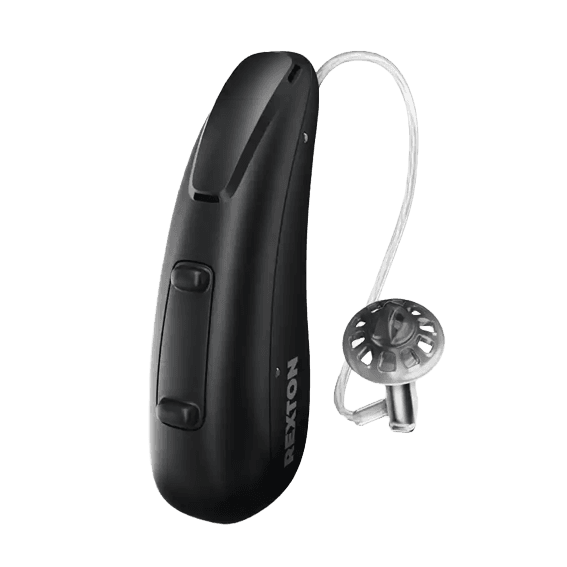Hearing Aid Leaderboard
Best Hearing Aids by Sound Performance in 2025
HearAdvisor has tested dozens of modern hearing aids to find the best performers for mild-to-moderate hearing loss.
The HearAdvisor™ SoundGrade Leaderboard
Compare laboratory performance scores
Initial
Tuned
Initial
Tuned
Initial
Tuned
Initial
Tuned
Initial
Tuned
Initial
Tuned
Initial
Tuned
Initial
Tuned
Initial
Tuned
Initial
Tuned
Device | Released | Price | Category | SoundGrade | ||
|---|---|---|---|---|---|---|
Initial (Pre-tuning) | Tuned (Optimized) | |||||
 Sony CRE-E10 | 2023 | $$ | OTC | A | 4.3 | 4.5 |
 Elehear Beyond Pro | 2025 | $$ | OTC | A | 3.6 | 3.6 |
Oticon Intent | 2024 | $$$$$ | Rx | A | 3.2 | 3.7 |
 Phonak Sphere Infinio | 2024 | $$$$$ | Rx | A | 2.5 | 4.6 |
 Lucid Tala | 2023 | $$$ | OTC | A | 3.3 | 3.3 |
 Signia Active Pro IX | 2024 | $$$$$ | Rx | A | 2.6 | 3.0 |
 Lexie B2 Plus | 2022 | $$ | OTC | A | 2.4 | 2.0 |
Oticon More | 2021 | $$$$$ | Rx | A | 2.3 | 2.9 |
 Signia Styletto C&G IX | 2024 | $$$$$ | Rx | A | 2.6 | 2.4 |
 Rexton Reach R-Li T80 at Costco | 2024 | $$$ | Rx | A | 2.3 | 2.4 |
Showing 10 of 0 products
How to interpret our scores and audio.
Please read the information in the FAQ below before making any decisions based on the scores and audio files presented above.





